Kentucky seems like two states, divided by east and west.
The East is known for its coal mines and is part of the Appalachian culture, and there is a lot of poverty.
The west has more rolling hills leading to the Mississippi River and is poor.
Kentucky is the 22nd cheapest state to live in, and ranks in the top 15 for income, so Kentucky could be a good deal.
Especially in rural areas and small towns, there are some very cheap houses available.
Here are some of them.
12 Cheapest Places to Live in Kentucky
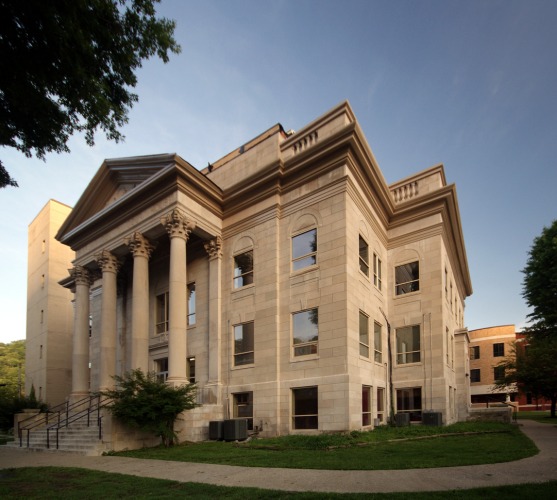
1. Harlan
Harlan is a small town of 1800 people in the southeast corner of the state, very close to the Tennessee and Virginia state lines.
It is a mountainous rural area.
This is certainly one of the cheapest towns in the state with a cost of living 30 percent below the national average, and 15 percent below the state average.
You can buy a house for $93,000, which is 70 percent below the national average and half the price of the state average.
Rent is similarly low.
A single person can get by on $18,000 per year.
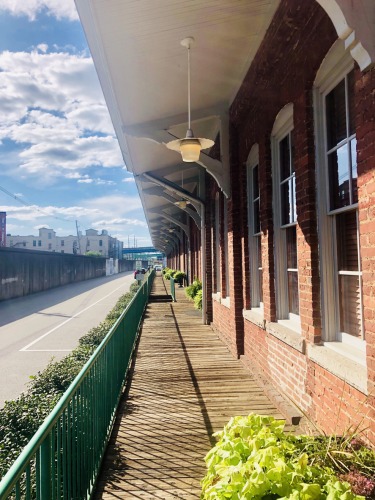
2. Ashland
Ashland is another town in the Appalachian mountains, in the northeast corner of the state.
It is on the Ohio River and close to the West Virginia line.
Ashland is 25 percent below the national average and nine percent below the state average.
A decent house costs $115,000, 65 percent below the national average and well below the state average.
Rent is also very low.
Groceries and utilities are about 10 percent below the national average.
A single person would need $22,000 to live in Ashland comfortably.

3. Middlesborough
Middlesborough is a town of 10,000 on the southern edge of the state.
The overall cost of living is 32 percent below the national average and 18 percent below the state average.
Housing is the main reason, which is 75 percent below the national average.
A typical home costs $86,000.
Renting is about half the national average.
A single person can be comfortable with $17,000 per year.
Utilities and groceries are five to 10 percent less than the national average.
Healthcare is also slightly below the national average.
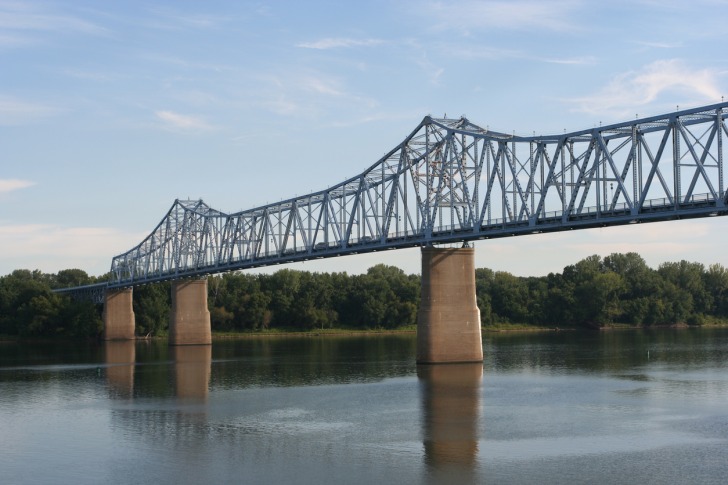
4. Owensboro
Owensboro is the fourth-largest city in the state at 60,000, on the Ohio River across from Indiana.
The cost of living is 19 percent below the national average, and less than one percent lower than the state average.
Housing is half the national average and six percent below the state average.
Rentals are 30 percent lower than the national average.
You would need about $30,000 to live there comfortably.
Groceries and utilities are 5-10 percent cheaper than the national average.
The only downside is healthcare, at 22 percent above the national average.
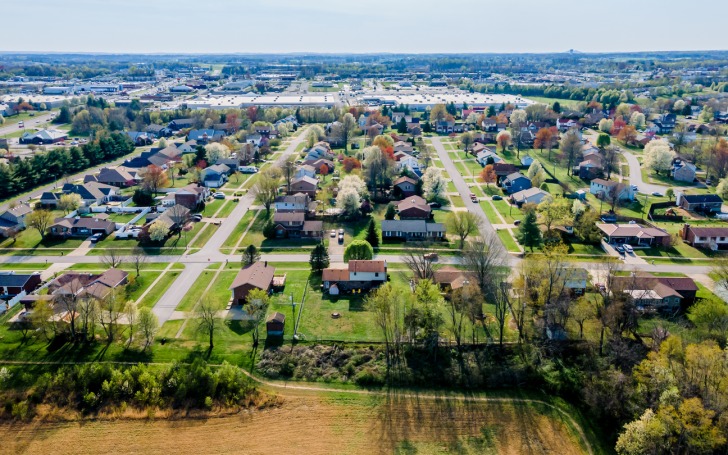
5. Elizabethtown
Elizabethtown is a city of almost 30,000 and is 50 miles south of Louisville.
It has a low cost of living and is often rated as one of the best places to live in the state.
Elizabethtown is 17 percent below the national average, and half a percent lower than the state average for the cost of living.
Houses cost about $225,000, which is 34 percent less than the national average, but a little more than the rest of the state.
Rental prices are low as well, 32 percent less than the national average, but four percent higher than the state average.
A single person will need $30,000 to live there comfortably.
Healthcare is seven percent below the national average.
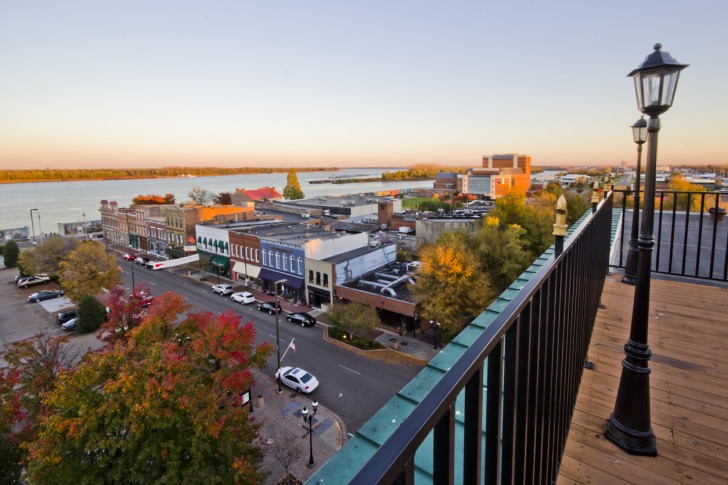
6. Paducah
Paducah is a city in the northwest part of the state, at the confluence of the Oho and Tennessee Rivers.
It is a city of 28,000 and is known as the quilt capital of America.
Paducah is 23 percent lower than the national average cost of living, and six percent lower than the state average.
A typical house will cost $163,000, half the national average and 15 percent less than the state average.
Rentals are also inexpensive, coming in at 40 percent below the national average.
It would cost an individual $26,400 to live there.
Healthcare is 18 percent above the national average, but everything else is cheaper.
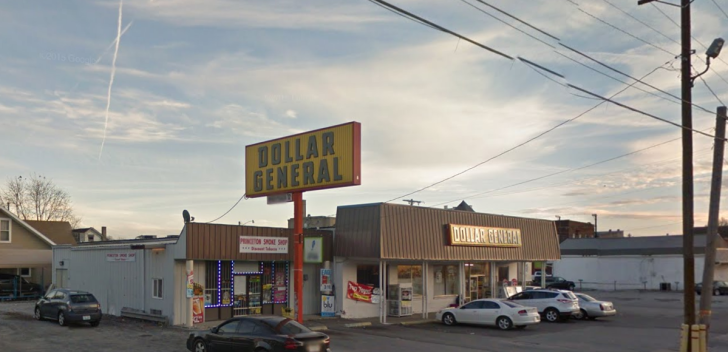
7. Princeton
Princeton is a small town of 6,000 people in a rural area of western Kentucky.
The overall cost of living is 28 percent below the national average and 12 percent below the state average.
Housing is very low, a whopping two-thirds less than the national average, and half the state average.
Rental units are not quite as cheap, however, at 34 percent below the national average and a little above the state level.
A single person could live there comfortably at $20,000, and it would take $33,000 to support a family.
Food is about 10 percent below the national average.
Healthcare is higher, but everything else is cheaper.
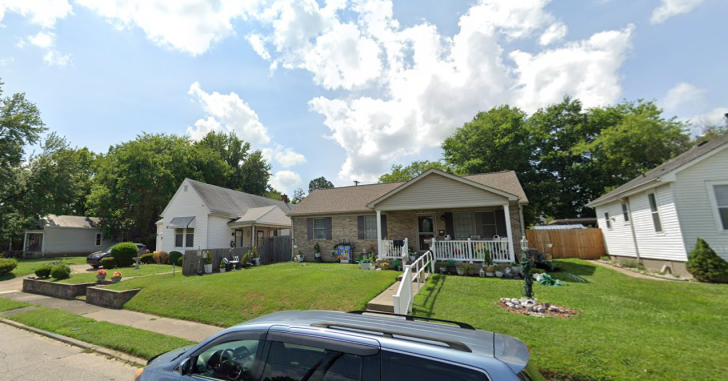
8. Henderson
Henderson is another town that could be a very good deal.
It is a city of 30,000, and just across the Ohio River from Evansville, a much larger city.
Henderson’s cost of living is 20 percent below the national average and three percent lower than the state level.
Rentals are also cheap, and cheaper than nearby Evansville.
An individual will need $27,000 to live here, and a family will need $32,000.
Utilities are very low, at 13 percent below the national average, and groceries are eight percent lower.
Healthcare is 22 percent higher than the national average.
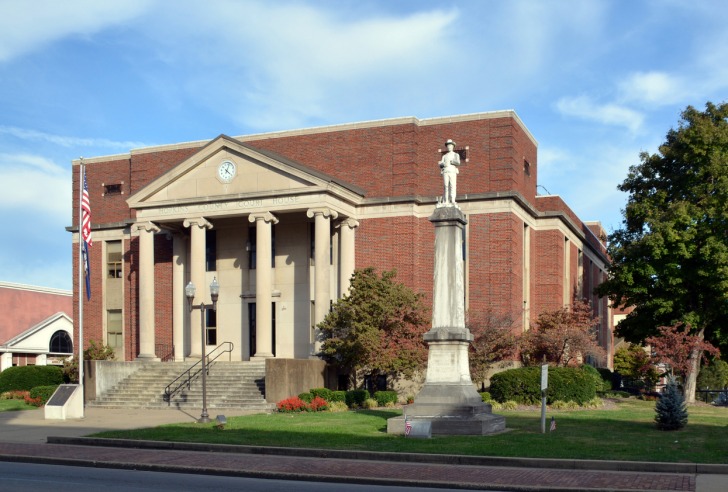
9. Madisonville
Madisonville is a growing town of 20,000 people.
It is about 40 miles south of Henderson and has a similar cost of living, but that may not last.
The overall cost of living is 28 percent below the national average and 13 percent below the state level.
Houses are 60 percent below the national level and 30 percent below the state level.
However, house prices have started going up in Madisonville, so the word has gotten out.
It costs about $25,000 a year to live in this town.
Unlike many small rural towns, healthcare is very close to the national average.
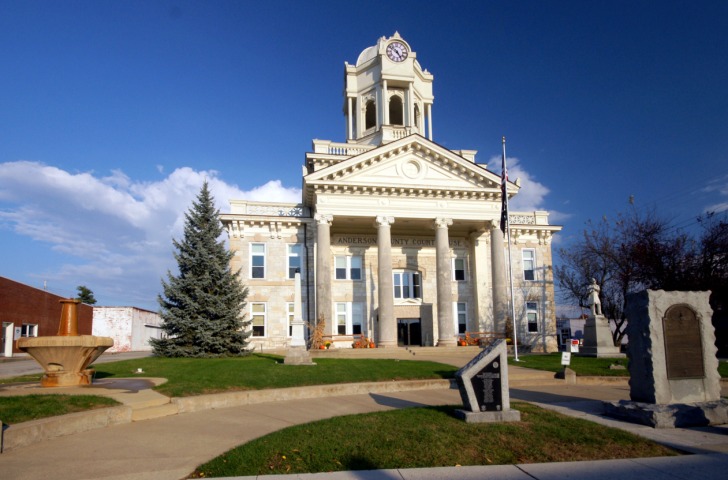
10. Lawrenceburg
Lawrenceburg is a small town of 11,000, about halfway between Lexington and Louisville.
It is easy to drive to either one.
Lawrenceburg is 19 percent below the national average and two percent below the state level for cost of living.
Houses are 36 percent below the national average, but 10 percent more than the state average.
Rentals are 40 percent less than the national average, and eight percent below the state level.
A single person will need $30,000 to live there comfortably.
Healthcare is very close to the national average, and there is nothing higher.

11. Frankfort
Frankfort is the capital city of Kentucky and has 28,500 people.
It is in the middle of the state between Louisville and Lexington.
It is very affordable considering it is a state capital.
The overall cost of living is 20 percent below the national average, and three percent below the state average.
A typical house is 43 percent below the national average and two percent below the state level.
Rent is also relatively cheap, at 35 percent below the national average, and at the state average.
A single person would need 29,000 to live well there.
Utilities and food are about eight percent below the national level, and health care is slightly above the national average.
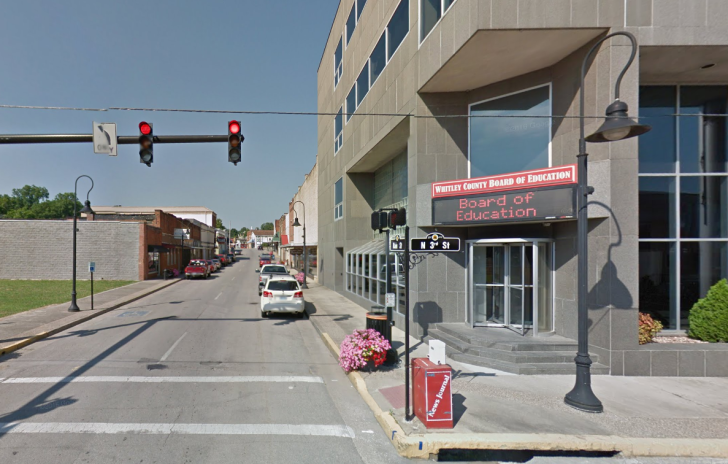
12. Williamsburg
Williamsburg is a small town of 6,000 in the southeastern part of the state.
This is a coal mining territory, where there is some poverty, but it is an inexpensive place to live.
The overall cost of living is 30 percent below the national average and 14 percent below the state level.
Houses are almost 70 percent below the national average and half the state average.
The same percentages are true for rental units.
A single person could live here for $20,000.
Healthcare is slightly higher than the national average.
Utilities and food are 10 percent below the national average.
Kentucky Safety Overview
READ THE FULL REPORT: Kentucky Safety Review
Safety Index:
- OVERALL RISK: MEDIUM
- TRANSPORT & TAXIS RISK: MEDIUM
- PICKPOCKETS RISK: MEDIUM
- NATURAL DISASTERS RISK: MEDIUM
- MUGGING RISK: MEDIUM
- TERRORISM RISK: LOW
- SCAMS RISK: MEDIUM
- WOMEN TRAVELERS RISK: MEDIUM
Frequently Asked Questions
What is the cost of living in Kentucky?
Kentucky is close to the middle, as the 22nd cheapest state in America.
The overall cost of living is eight percent below the national average.
Housing is 23 percent below the national average, and that can vary a lot around the state. Utilities are a little higher than the national average.
Groceries and clothing are a little below the national average.
Healthcare is a little higher than the national average, especially in rural areas.
Is Kentucky a good state for retirees?
There are several pros and cons to retiring in Kentucky. Social Security is not taxed.
Taxes on income, property, and sales are relatively low.
It has a lower cost of living than many states and has great outdoor activities and cultural heritage.
The downside is extreme weather, the high cost of medical care, and limited transportation.
How does income compare with other states?
The average individual income in Kentucky is $27,000, and the average family income is $52,000.
According to Forbes, Kentucky ranks 10th in average level of income.
Also, according to Forbes, Kentucky has the sixth-cheapest housing in America.
Statistics differ depending on who is doing the statistics, but it seems Kentucky ranks well when comparing income and cost of living levels.
Kentucky is in the upper half on income, and in the bottom half on cost of living, compared to other states.
Is Kentucky growing or shrinking?
Kentucky has had steady, though not spectacular, growth in recent years.
It grew by an average of 0.3 percent each year between 2010 and 2022.
In that period, the state grew 3.8 percent in population, compared to a growth of 7.7 percent for the entire nation.
The biggest increase was between 2019 and 2020, and the only negative year was the following year.











